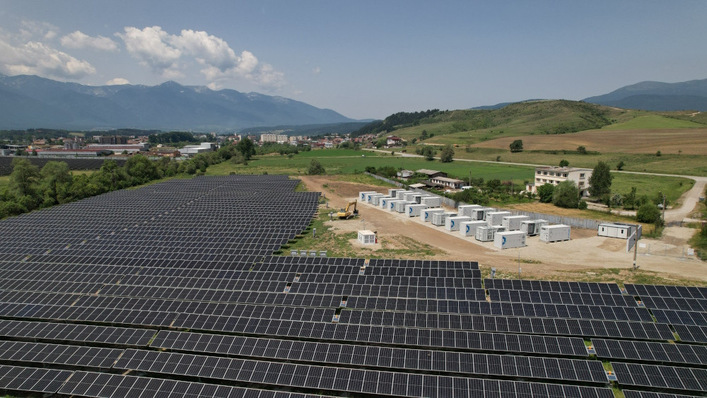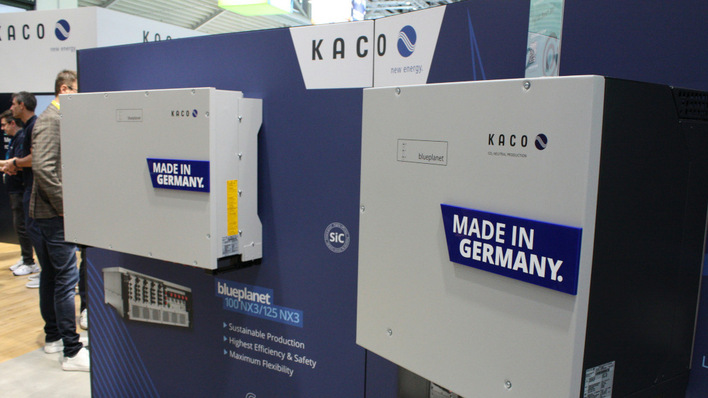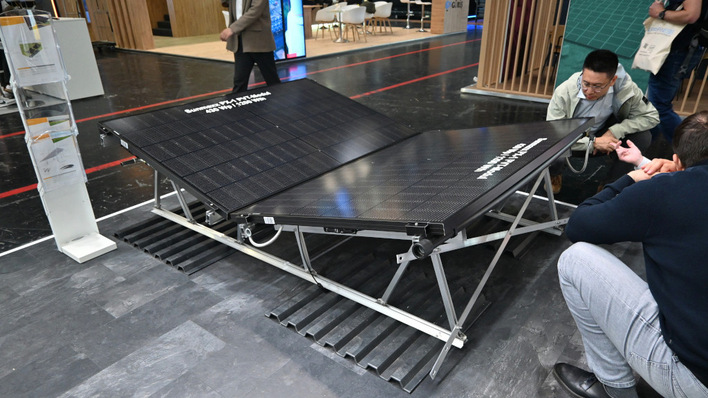José Donoso, what factors have driven Spain’s recent solar boom?
The major opportunities that have driven the development of solar energy in Spain are competitiveness, energy prices, climate change, political will, land availability and high solar radiation. PV is now the cheapest way to generate electricity, with production costs having dropped by 90 percent over the past decade. The war in Ukraine also exposed the European energy system’s dependency, leading to unprecedented price spikes in 2022. This has reinforced political will to accelerate decarbonisation. Spain’s revised Integrated National Energy and Climate Plan (PNIEC) now targets 76 GW of solar capacity, including 19 GW for self-consumption and 22 GW of storage. The government’s Recovery, Transformation and Resilience Plan has also allocated €6.385 billion to the energy transition.
Storage and co-location seen as remedy for fragile PPAs
The government recently approved a new Royal Decree-Law. What are its main objectives?
The approval of the RDL will allow photovoltaics to strengthen the robustness and reliability of the electricity system. The regulation is designed to provide greater stability and flexibility, enhance energy supply security and advance climate goals. It is essential for aligning the regulatory framework with the sector’s current stage of development. A key provision enables PV technology to contribute to grid voltage control, a long-standing request from the sector. Because photovoltaics is a widely distributed energy source, it is particularly well suited to provide this service to the grid. This participation will also help reduce the cost of technical constraints.
What impact will the regulation have on the development of energy storage?
The RDL modernises the regulatory framework for energy storage, granting the technology legal status for the first time and streamlining administrative procedures. This is expected to enable the rapid and rational development of storage, particularly by facilitating the hybridisation of batteries with existing power plants to improve system stability in the short term.
Solar-friendly tax policies spread among Spanish municipalities
What improvements does the decree introduce for self-consumption, and what are the main challenges facing this segment?
The new regulation improves conditions by introducing a collective self-consumption manager and extending the distance over which surplus energy can be shared to five kilometres. Furthermore, the introduction of the aggregator figure will help align demand more closely with solar generation hours. According to our preliminary data from the first quarter of 2025, we observe a slowdown in the growth rate of new self-consumption installations. A comparison with the 2024 quarterly average shows a decline of 14 percent in the residential segment, 17 percent in commercial and 20 percent in industrial. To meet the PNIEC target of 19 GW of self-consumption capacity by 2030, the annual installation rate must average at least 1,810 MW. To stimulate investment, it is essential that consumers see a significant increase in their savings. This requires increasing the variable component of electricity bills and reducing the fixed part. Currently, grid tariffs are structured with 75 percent allocated to the fixed charge, which undermines the potential savings that self-consumption can deliver. We are also calling for simplified permitting and tax incentives.
What obstacles are utility-scale solar projects currently facing?
A disconnect has emerged between supply and demand in the utility-scale solar segment, leading to price cannibalisation during peak solar hours. There is insufficient demand to absorb all the renewable energy being generated. Installed capacity increased to 40 GW in 2024, and with more than 67 GW of projects holding approved Environmental Impact Statements, this capacity could grow significantly in the coming years. As a result, price cannibalisation is expected to worsen if no action is taken, and investment in renewable energy is stalling.
UNEF warns of slowdown in Spain’s storage market
How can Spain overcome these challenges and sustain investment in the sector?
To address this situation, we urgently need storage solutions, auctions and greater flexibility in the project milestone system. Storage is essential for mitigating price cannibalisation in the short term. Auctions are also critical, as they provide investors with price guarantees that help ensure project viability. However, recent auctions failed due to poor design, and their conditions must be revised. For example, they should be settled during zero-price periods and have a duration of at least 15 years, similar to models in France and Germany.
How is the market for behind‑the‑meter storage evolving?
According to our studies, 327 MWh of behind-the-meter storage was installed for self-consumption in 2024 – a decline of 34 percent. It is essential to reverse this trend and promote behind-the-meter storage, which enables consumers to extend their self-consumption hours and avoid using electricity during the most expensive periods. To achieve this, we must improve the savings potential for investors and simplify administrative procedures.
After the Iberian blackout – batteries and PV to boost energy security
Finally, what are the distinctive strengths of the Spanish solar market?
Spain has a unique opportunity to decarbonise its economy with an energy resource that is 50 percent cheaper than in the rest of Europe. We benefit from an average of 2,000 hours of sunshine per year – more than twice that of countries like Germany, making our solar projects up to twice as profitable. The numbers speak for themselves: in 2023, the Spanish photovoltaic industry contributed €12.389 billion to the national GDP and supported 162,396 households through jobs. Our exports reached a record €4.526 billion in 2023. On the industrial front, Spain has 79 photovoltaic manufacturing companies and can supply up to 65 percent of a solar plant’s component costs with domestically produced technology. We are home to one of the world’s top ten inverter manufacturers and three of the world’s top ten solar tracker manufacturers.
Interview by Niels H. Petersen









